Beyond highlighting diverse teaching strategies, the exhibit also sparked a larger conversation about how instructors learn from and communicate with each other. A lively interchange arose over the eventual fate of the artifacts. The discussion rapidly evolved into a debate about the purpose and effectiveness of physical exhibits in the first place. This back-and-forth revealed the multiple strands of pedagogical and design philosophies woven throughout the d.school community.
Some folks expressed their excitement that we’d established enough distance from the traditional design trope of only “making things look pretty”, and that we could now return to making highly-crafted objects. At present, many d.school experiences go for the simple and home-made: post-it notes, butcher paper, duct tape and string. This simplicity removes the "sheen" of design that can intimidate students and occlude the true purpose of learning. However, it seemed to this particular cadre of instructors, we can now return to "designing" with more intentionality, combining pedagogical effectiveness with high production value. It's okay for sign-in sheets to be meticulously designed and aesthetically pleasing!
These debates mirrored questions relevant to designing exhibitions in general, such as “form vs. substance” and “artistry vs. accessibility.” They also shed light on fundamental questions of why we gather artifacts in the first place—which is reflected in subsequent choices about an exhibit’s aesthetics, the amount of context-setting and style of public communication. In the ensuing discussion, there seemed to be three distinct visions regarding how we should display and maintain the artifacts, with teaching teams gathering around the following poles. I'll describe these below and suggest a “next step” for each type of exhibition, in keeping with its distinct vision.
A Step Further: A nice takeaway from an Art Gallery would be an exhibition catalogue, where each teaching team could go into a little more detail about the motivations behind the art piece and (in our d.school situation) the experience of applying it in the classroom.
A Step Further: If the museum is the concept we are shooting for, an oral history could be a helpful extension to the concept—perhaps a short 1-2 minute video interview accompanying each artifact, where the teaching team chimes in about what the object was, why they created it, and what the ultimate impact was on the classroom experience. The video could also include students describing their own reaction and responses to the activity.
It will be exciting to see how these three visions can be deconstructed and woven back together for next year’s courses, and to think where future d.school happy hours will take us!

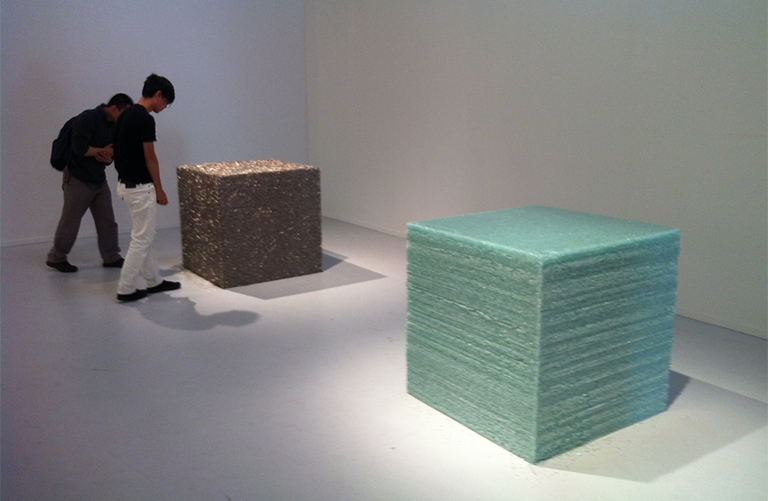
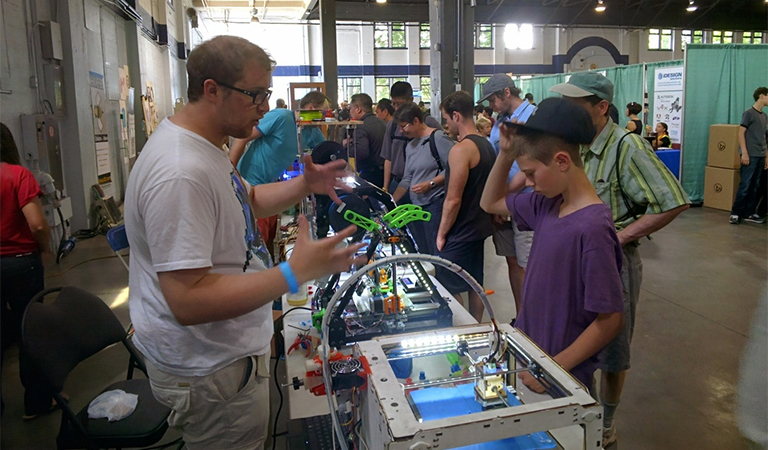

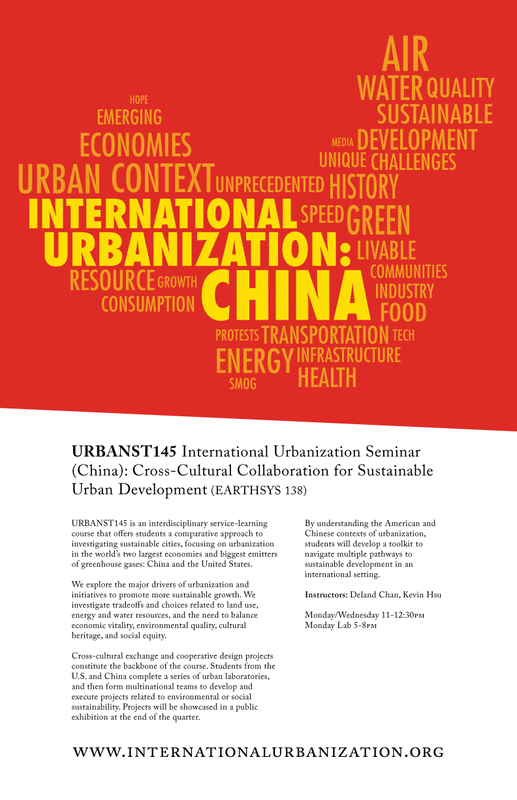

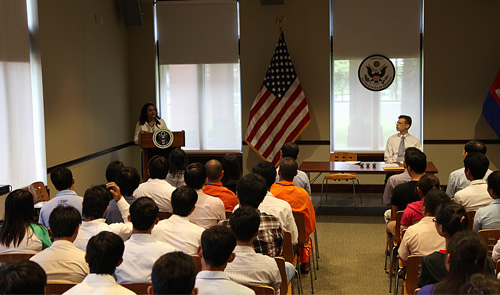
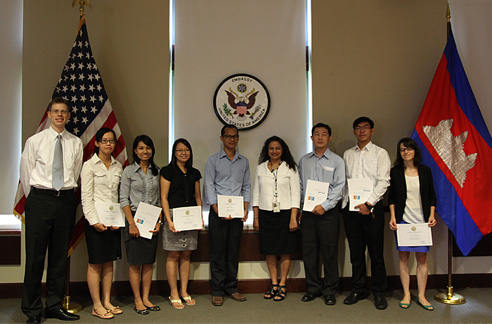
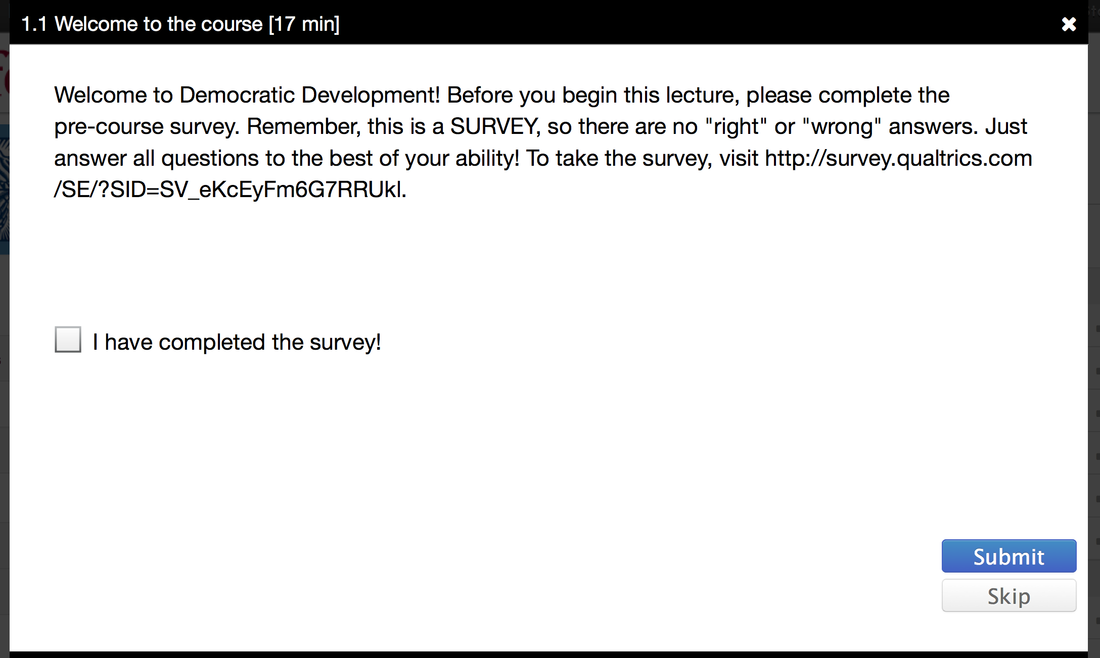
 RSS Feed
RSS Feed